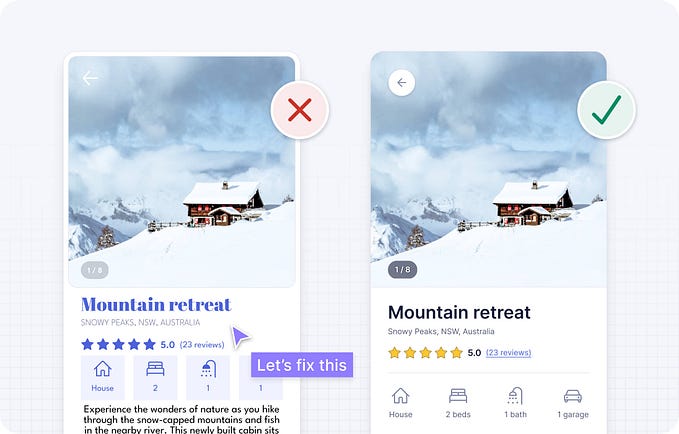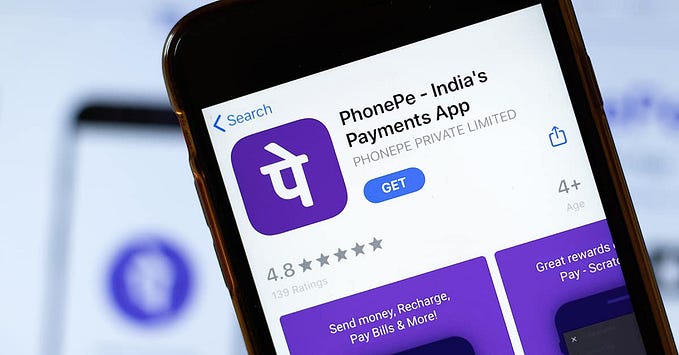Procedure & Criteria for Running a Website Usability Tests

Usability tests are critical for the success of any product. One must note that the scope of conducting the usability test is vast and can be practically done over any product from cloud-based software to futuristic gaming consoles.
However, in this blog, we will discuss specifically how usability tests work for websites individually. Although the principles for web usability are similar as with any other products, except the fact that they are more important considering that there are more than billions of website as of today.
The point being, there are a lot of websites which are similar to each other in plenty of ways. If you’re not standing out or being useful, users are likely to move to the next website.
Procedure for Running Website Usability Test
Damian Rees, Co-founder of Experience Solutions explains how he adapted website usability testing for the most optimized experience. Since the internet is highly accessible, one of his core principles is setting criteria and expectations beforehand so that your tests proceed with the right level of technical proficiency. While doing so, here are four points one should keep in mind:
#1. Ask users to behave naturally.
Your website must support multiple test cases and modes of use. Getting started with open-ended tasks will give you a preview of how users use your website outside of the testing environment.
#2. Allow users to finish the task as they want.
If the users are getting sidetracked, let them be. In the real world, you won’t be there to keep them on the track. The purpose of the test is how a user interacts with your website.
#3. Do thorough competitor analysis.
Only testing your own site will rob you of the broader context. After all, it isn’t about how users interact with your website- it’s about tailoring your website based on how they use other websites.
#4. Hide the testing site.
Due to general psychology, your users are bound to get conscious and less honest if you tell them which site you’re testing. Users may find it out at the end though the more you delay, the accurate the results.
It would be obviously helpful if you cater to these points. Though don’t be too rigid. Keep a loose attitude and give space to the user for more natural results.
Criteria for Running Website Usability Tests
When conducting a usability test for a website, there are certain criteria for websites which might not be relevant to other products. Jacob Gube, founder of Six Revisions- a web and app development company, says that qualitative feedback alone is not enough for websites. That is because simple technical performance criteria like speed affect the user experience drastically.
There are six basic criteria that must be taken into account while doing the website usability tests:
#1. Readability
Content is the heart of any website and hence, special stress is given to this criteria. One should be paying extra attention to the site's legibility, comprehension, language & grammar and ease of reading. There are various readability tools available on the internet for you to use.
#2. Navigability
Navigation is critical to decrease the bounce rate and increase the page visit time. Make sure you place proper links, CTAs, links etc. evenly on the page. In how many clicks your users are being able to finish their tasks? Card sorting will help you answer this question.
#3. Task Success
One of the most important aspects of the usability test is to find whether the users are being able to complete the tasks or not. For example, creating an account, placing an order, etc. To get started with this criteria, assign an open task to the users to analyze the task success rate and then directly follow up with a single question.
#4. UX Design
It is quite obvious that focus on user satisfaction may get out of sight while we are focusing on the qualitative features. There are various types of tests, interviews, field studies, diary studies to help you access this factor. The point being, just being usable is not enough, the experience should also be delightful.
#5. Speed
Do you like to wait for the website to launch? Neither do your or your users. Speed is indeed significant for your website’s success since UX, functionality and SEO performance depends on it. Google Page Speed is a handy tool for you to measure your website’s speed.
#6. Accessibility
Is your website experience consistent across various browsers over mobile and desktop? Here’s a list of 25 awesome accessibility tools for you.
User devices are evolving and so are their expectations. However, one must not forget the heart of the internet- websites. Let me know if I am missing any of the criteria or any new ways which you are implementing at your organization. Connect with on Twitter @Eric_Smith09 to talk more about website usability tests.










